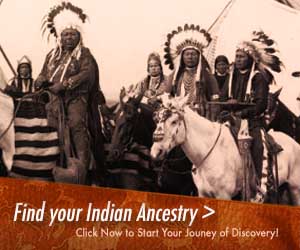Smoke Signals
Find out the meaning of smoke signals as a form of communication among Native Americans.
Native Americans are not the only group of people who have used smoke signals to communicate. The Chinese have also used smoke signals as well as the Boy Scouts of America. This form of communication is used by creating puffs of smoke using a fire and a blanket. The smoke signals must be used in an area where they will be visible to the receiver and is usually transmitted atop a hill or mountain.
The meaning of smoke signals is not as clear cut as other forms of communication. There is no general code or standard meanings for the different shapes, numbers, and type of smoke puffs. The reason for this is because enemies are also viewing the smoke signals. For this reason, the code is predetermined by the sender and the receiver.
Although smoke signals do not have a clear code to decipher the smoke signals, there are a couple of messages that are common. Sending only one puff of smoke is usually a call of attention. Sending two puffs of smoke in your smoke signals is usually a sign that everything is okay. In contrast, three puffs of smoke can be a signal that something is wrong.
The Boy Scouts of America also use the three puffs of smoke in their smoke signals to mean something is wrong. They take this very seriously. In fact, even three different fires, three gun shots, and three whistles can also mean that a boy scout is in trouble. It is best to refrain from using this signal unless you are in need of serious assistance.
Smoke signals have been very useful at times. Native Americans and others were able to communicate from long distances giving warnings and other smoke signals. Although technology may have replaced the need for smoke signals, there is still a place for them in certain situations.
Related Stories:
Smoke Signals Articles Home PageThe following lists catalog the specific articles, stories, legends and research materials of this website.
American Indian Topics | American Indian Products | American Indian Tribes
Native American Topics | Indigenous Peoples’ Literature

